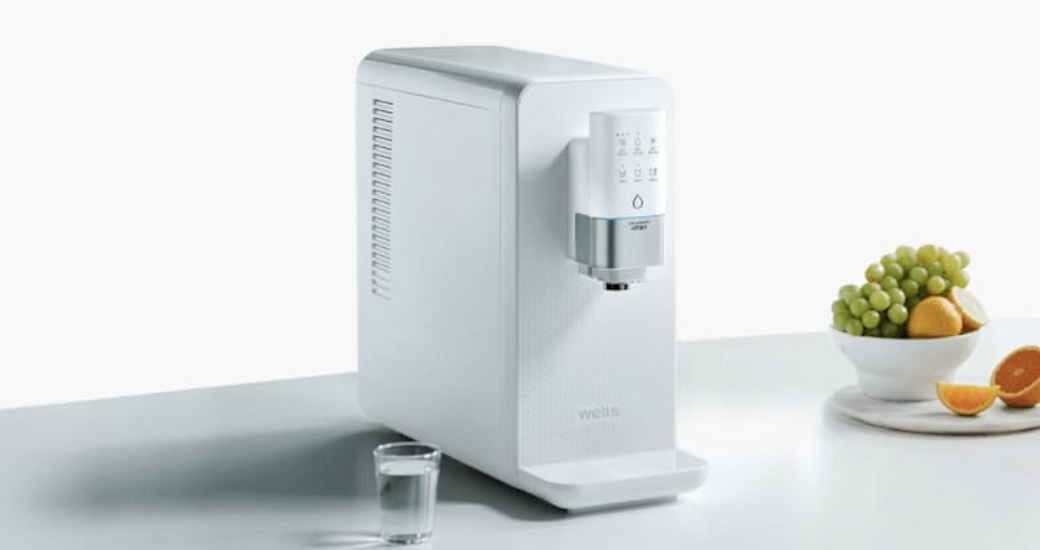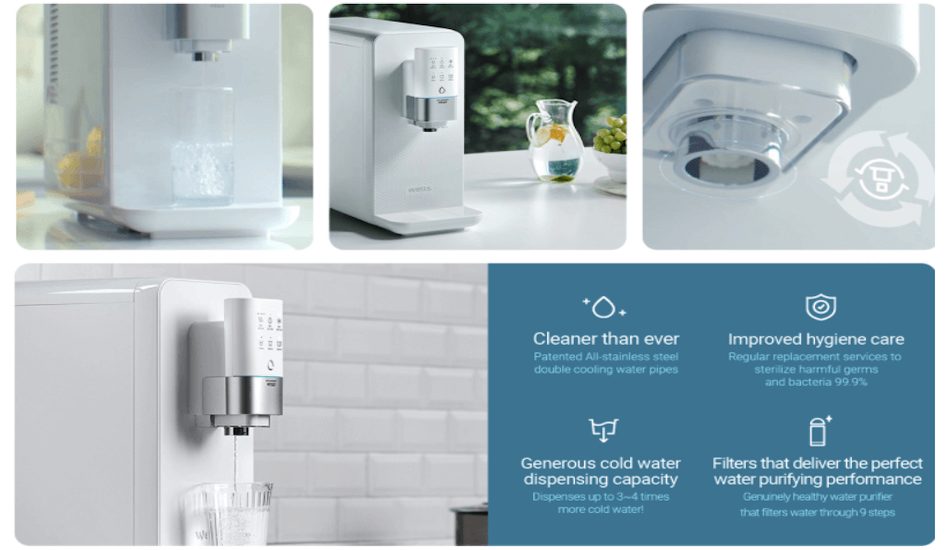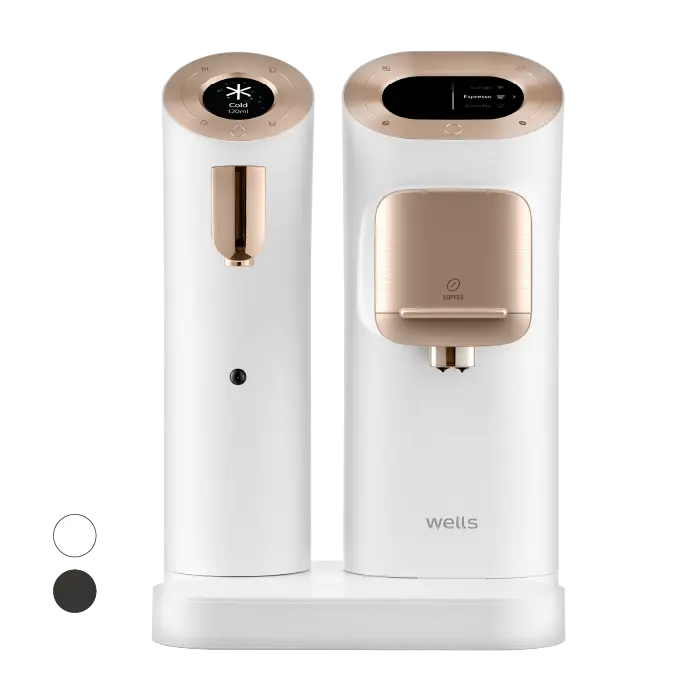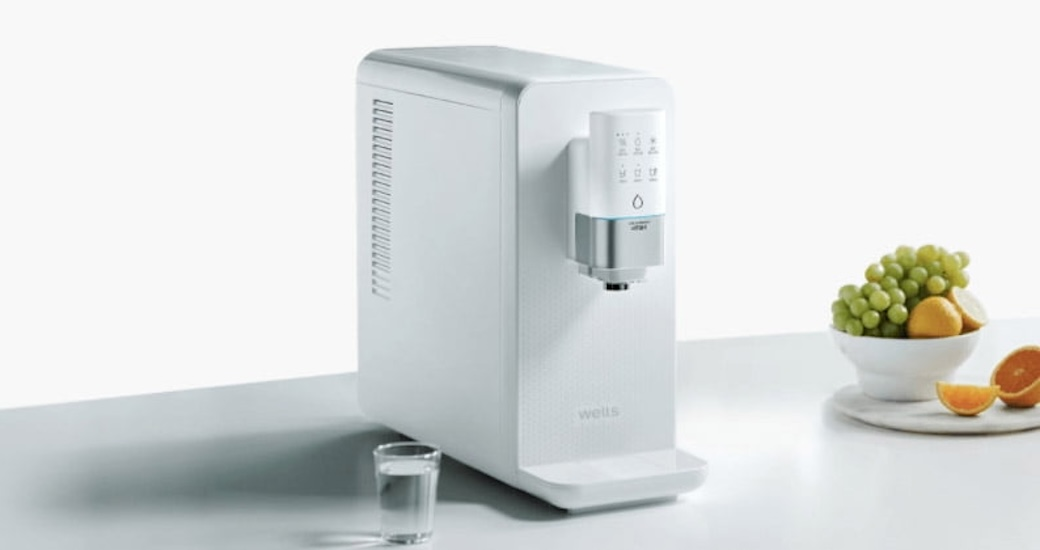In today’s world, where clean water is increasingly precious, the search for good ways to clean water has become stronger. One cool new way is the tankless water purifier. In this article, We will examine how these modern devices work and see if they are better than old-style water filters.
So, what is a tankless water purifier? Unlike the usual ones that need a tank to store clean water, tankless water purifiers work differently. They don’t need a tank and can give you clean water immediately. This new idea simplifies the cleaning process and deals with worries about space, power use, and the environment.
It is crucial to highlight a significant aspect: clean water does wonders for every individual’s life. Now, let’s start investigating the mechanism behind a tankless water purifier. It’s not just “a bit of pleasure”; it’s “a vital thing” for good health. There are such things as worms and chemicals in the dirty water. Hence, it can ensure that having suitable filters is the best way to guard yourself against unsafe water.
So, let’s start by exploring tankless water purifiers and seeing if they can live up to their goal of being effective, user-friendly, and providing high-quality water.
Understanding the Working Mechanism of Tankless Water Purifiers

Tankless water purifiers are highly respectable among the latest water purification inventions. Such devices commonly provide quick and effective solutions for obtaining clean and safe drinking water. Dive into their working mechanism to comprehend their inner workings and appreciate their benefits.
Explanation of the Filtration Process
Tankless water purifiers function on the same principle as traditional water purifiers, utilizing a complex multistage process to provide clean and safe water.
- Sediment Filter: This step traps larger particles such as clay, dust, rust, and sand, so the water about to enter the purification system is relatively debris-free.
- Activated Carbon Filter: Then the water goes through activated carbon filters that primarily reduce the chlorine and the odors and other organic substances. This phase affects the quality of water, especially the taste and smell.
- Reverse Osmosis (RO) or Ultrafiltration (UF): This process step is crucial for the water using reverse osmosis or ultrafiltration, which depends on the purification system being used. RO (reverse osmosis) membranes and UF (ultrafiltration) membranes separate the soluble pollutants like valuable metals, chemicals, and microbial contaminants for safe quality drinking water.
- Post-Carbon Filter: The last and most crucial step this water passes through is a post-carbon filter, making it even fresher and safer by removing the final constraints and smells.
Components of Tankless Water Purifiers
A standard tankless water purifier consists of multiple crucial components, all of which have a significant impact on the purification process:
- Inlet Valve: This process introduces water to the system via the water purifier, letting unclean water in.
- Pre-Filters: Sediment and activated carbon filter systems precede the water and get rid of the larger solids and organic molecules.
- RO or UF Membrane: The central part of the filtration system—the filtering RO or UF membrane removes dissolved impurities and contaminants.
- Post-Fitters: Following purification, carbon filters are used to add taste and refresh water quality before dispensing and usage.
- Tap: The tap provides users with easy access to purified water for drinking, guaranteeing the convenient availability of clean drinking water.
- Waste Line: It removes the water waste produced in the RO or UF filtration procedure.
- Control Panel: The control panel oversees the purification system’s functions, enabling users to track its efficiency and signal when filter changes are needed.
Benefits of Tankless Water Purifiers
Tankless water purifiers have increasingly become popular because of their numerous advantages. Here’s a detailed look at some of the key benefits they offer:
Continuous Supply of Clean Water
Space-saving Design
Energy Efficiency
Minimal Maintenance Requirements
Tankless water purifiers are an on-demand approach to continuous water flow after purification. On the other hand, you don’t need to wait for a tank to become filled before you can access clean water. This becomes more relevant for times when the demand for freshwater is significant and immediate, as it’s going to be more beneficial for households and offices that are busy throughout.
Undoubtedly, one of the significant positives of water purifiers with no tank is their modest shape. They can be installed beneath sinks or even in the tightest of spaces, thus making them the perfect fit for today’s contemporary homes and apartments, whose very essence is often being a space-savvy environment. This system does not require a tank, which used to be a vital component of conventional filters. Thus, the overall space occupation will be reduced, providing extra space and optimizing utilization.
Saving energy is the main principle of tankless water purifiers removing the harmful components of water. They just go on whenever water is needed, which means they are not wasting energy by remaining idle continuously. Reducing electricity bills and maintaining the environment are only a few benefits that result in an increased sense of responsibility and lifestyle as an eco-friendly person.
A tankless water purifier doesn’t use a tank, requiring less regular maintenance. Besides, there is no tank to clean, so biofilm formation or bacterial growth risk will significantly decrease. However, filters should be replaced occasionally, and this is easy to do. Generally, units have indicators that tell when the filters must be changed.
Factors to Consider When Choosing a Tankless Water Purifier

When it comes to selecting a tankless water purifier, several crucial factors should guide your decision-making process:
Water Quality
First, evaluate the quality of your water source. Is it hard water with many minerals, or does it have impurities like chlorine, sediment, or microbes?
Choose a tankless purifier that can handle your specific water quality issues. Different systems work better for targeting specific contaminants:
- RO technologies are highly effective in eliminating dissolved solids and other contaminants.
- Chlorine levels are getting a significant reduction, and the taste is improving, which is an excelling function of activated carbon filters.
- Membranes with Ultra-filtration capacity (UF) are an excellent choice if you suspect microbial contamination issues. Their ability to remove viruses and bacteria puts them at the top of the class.
Household Water Consumption
Take into account your household’s daily water consumption patterns. Consider factors such as the number of people residing in your home and the typical volume of water used.
Assess the flow rate capabilities of various tankless systems to ensure they can adequately meet your household’s demand, especially during peak usage such as showers, cooking, and drinking.
Budget Considerations
Establish a clear budget for your tankless water purifier purchase. Determine the maximum amount you will invest in the system and its installation—factor in ongoing costs, including replacement filters and necessary maintenance.
While cost is significant, remember to weigh the initial investment against the long-term savings potential, including reduced energy consumption and maintenance expenses.
Embracing the Future of Clean Water with Tankless Purifiers
Tankless water purifiers shine as smart and lean ways to get pure drinking water. They give clean water immediately, save room, use less energy, and need less care. These systems mark a big step in ensuring people drink clean water.
Versatility is critical when it comes to choosing a tankless water purifier. These systems can be tailored to suit individual needs and preferences. Whether you prioritize quick access, energy efficiency, or space-saving, tankless water purifier are a versatile and practical choice.
Check out Wells Malaysia’s True Tankless Water Purifier UV+ for a top option. It uses high-tech methods to clean water and UV light to kill germs. Choosing this kind of clean water technology means caring for health and the earth.
Pick a tankless water purifier that fits your lifestyle and cares for the planet. It’s a move that’s good for your health and the world.






